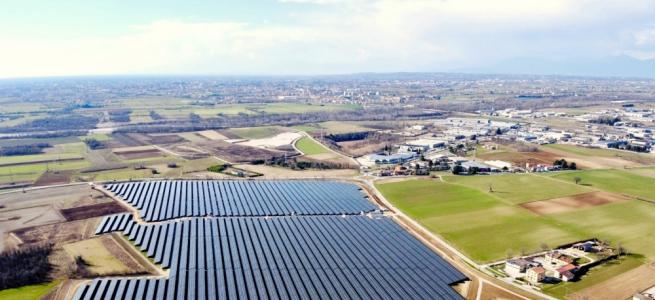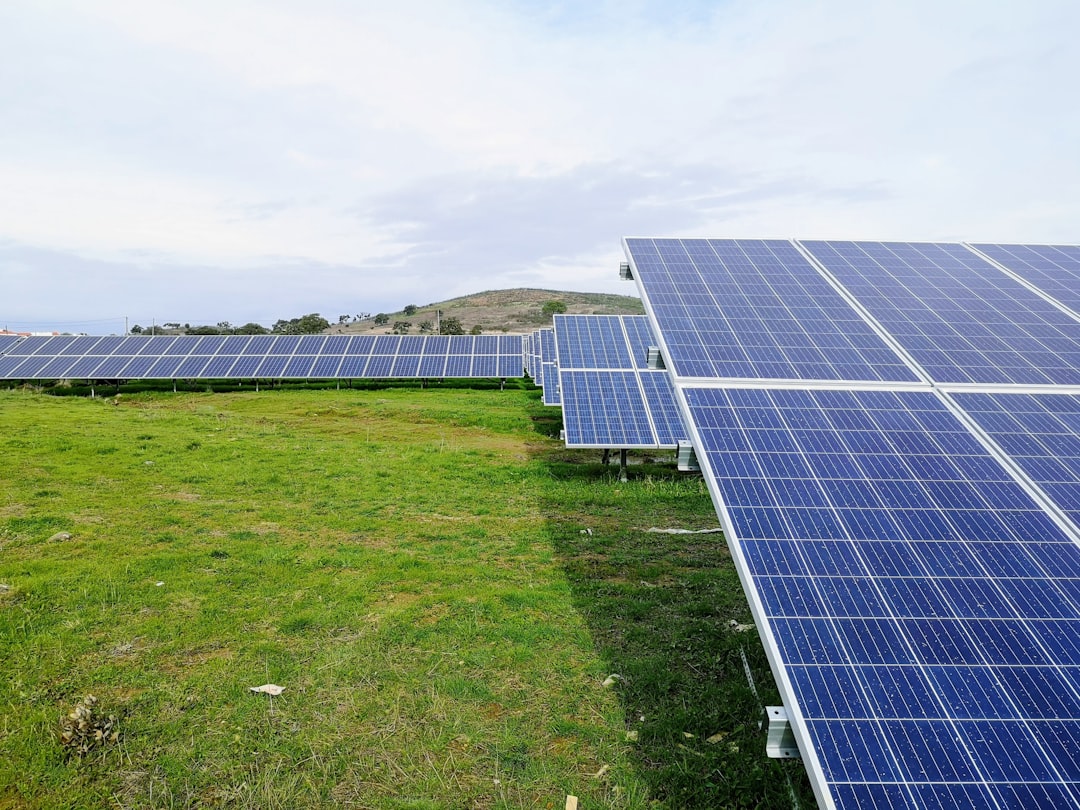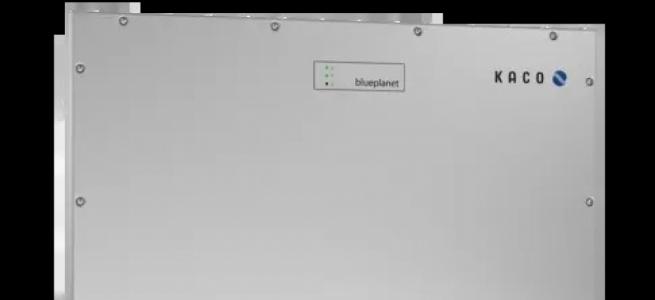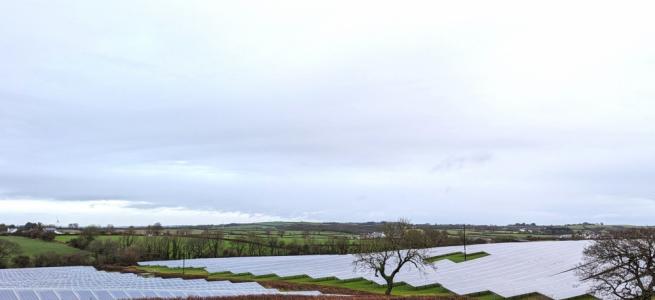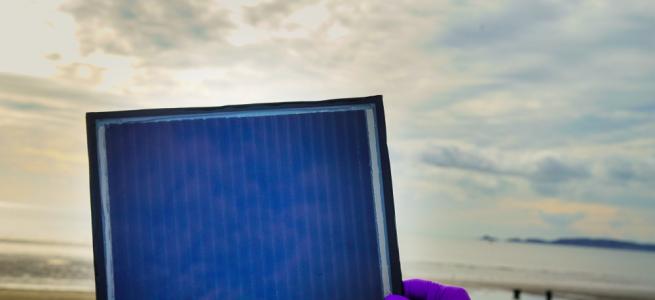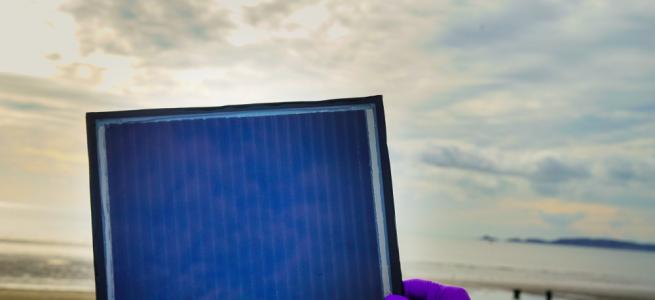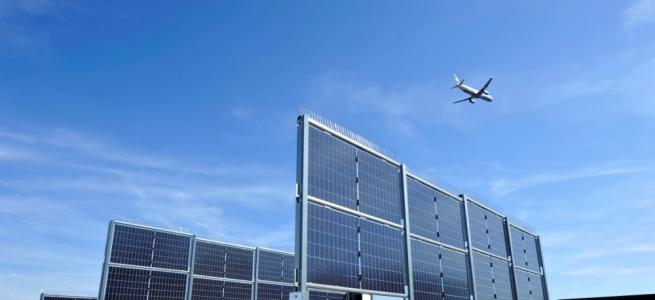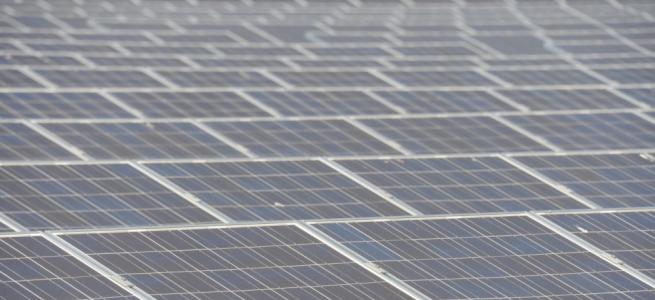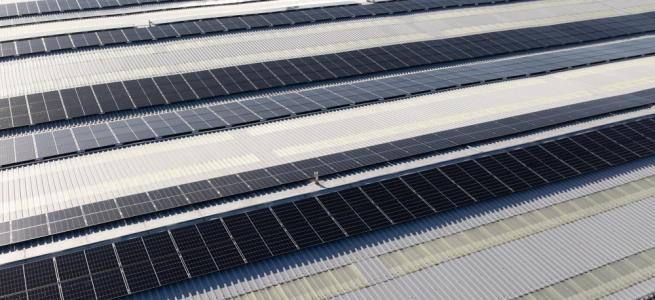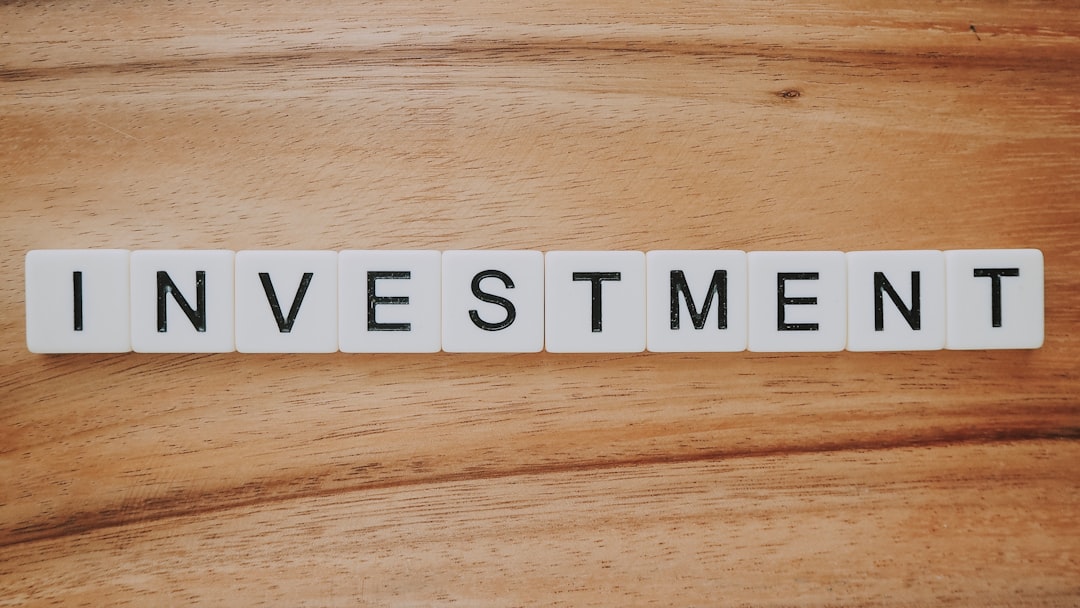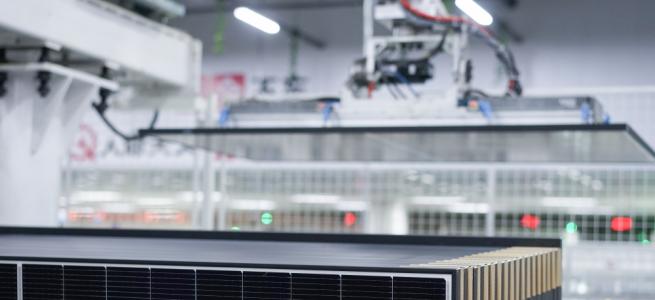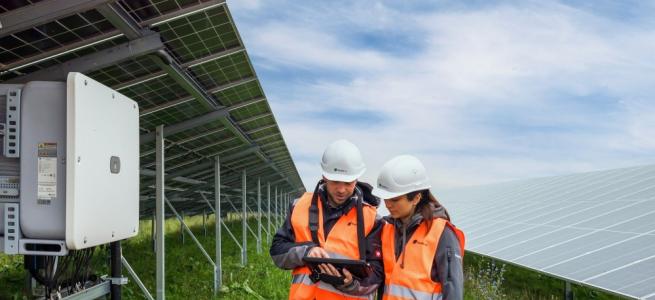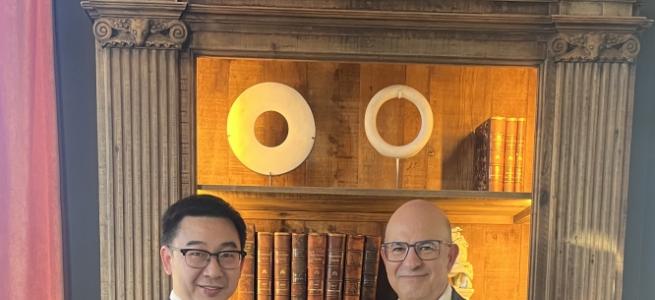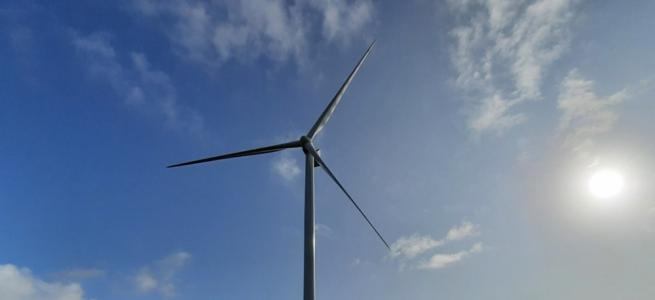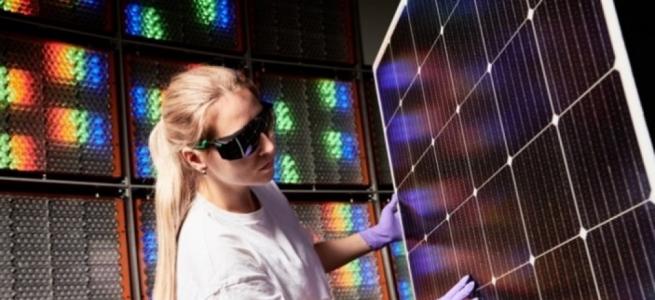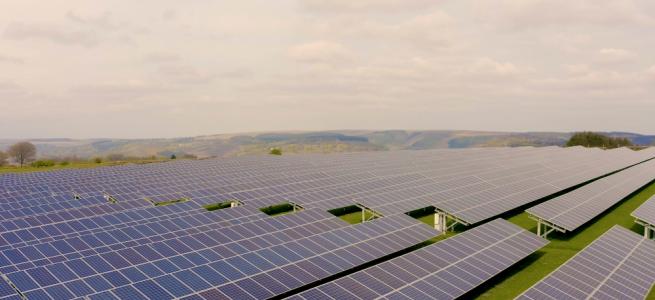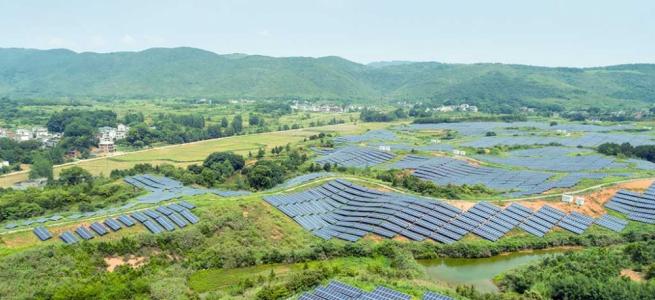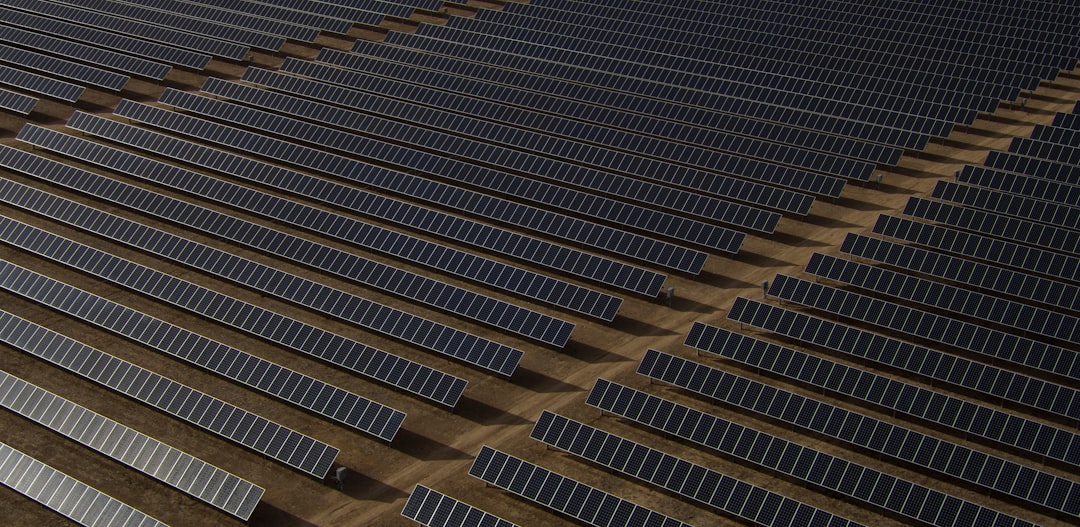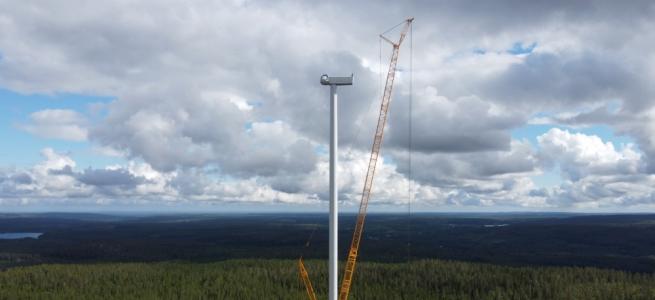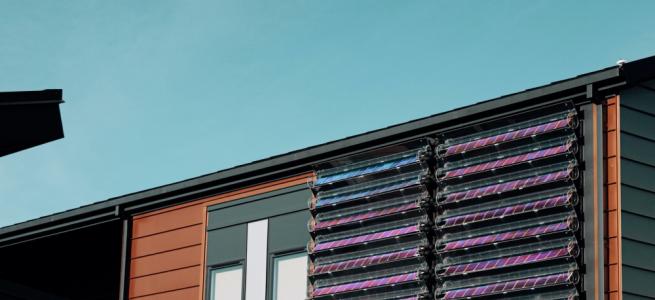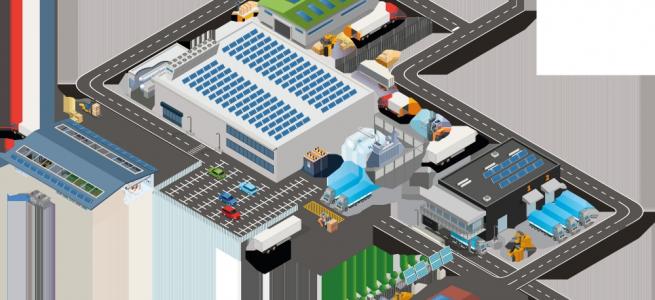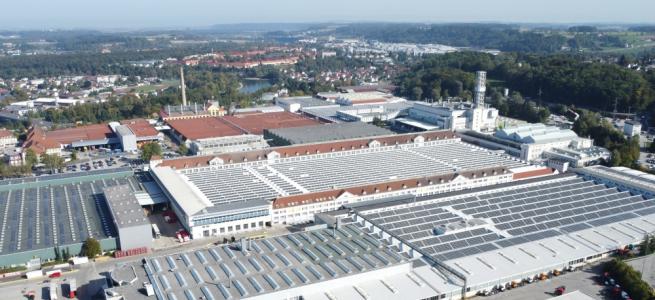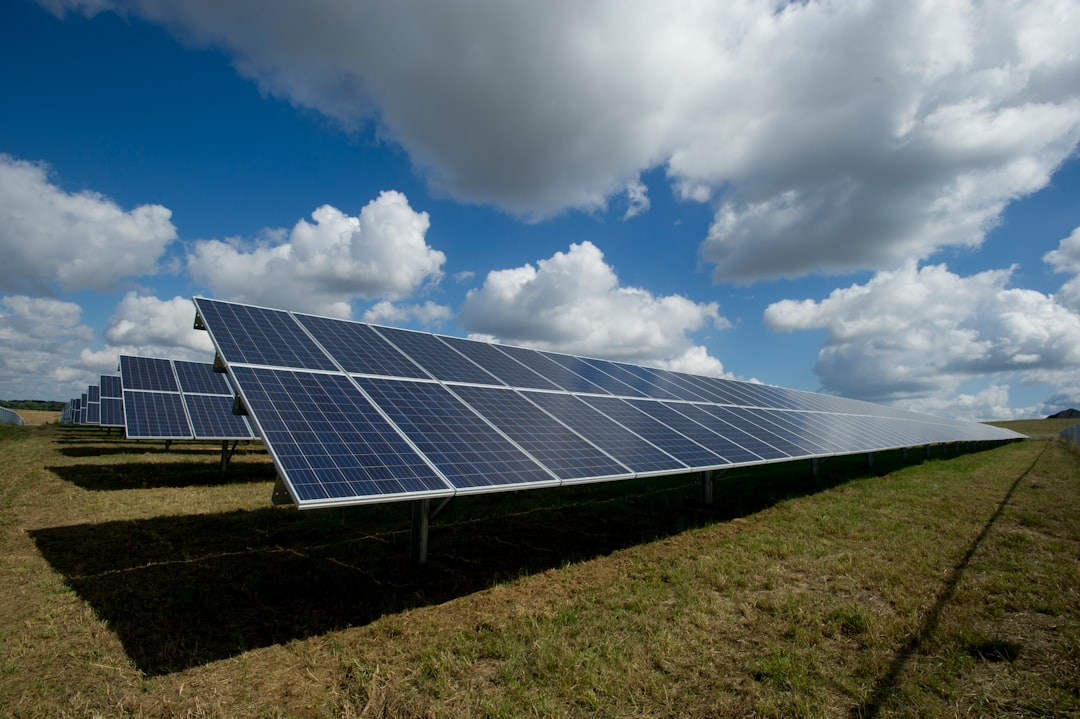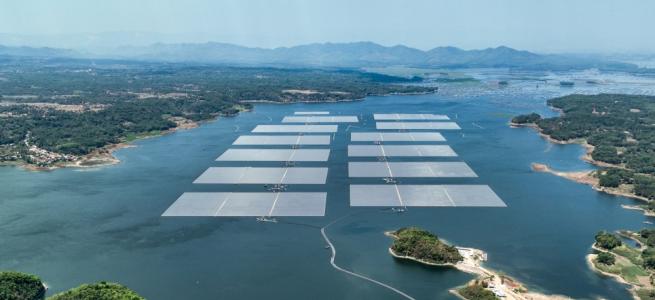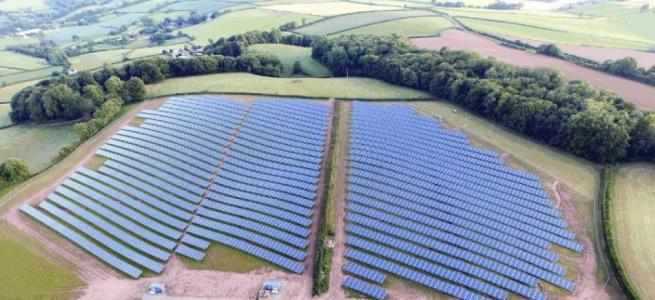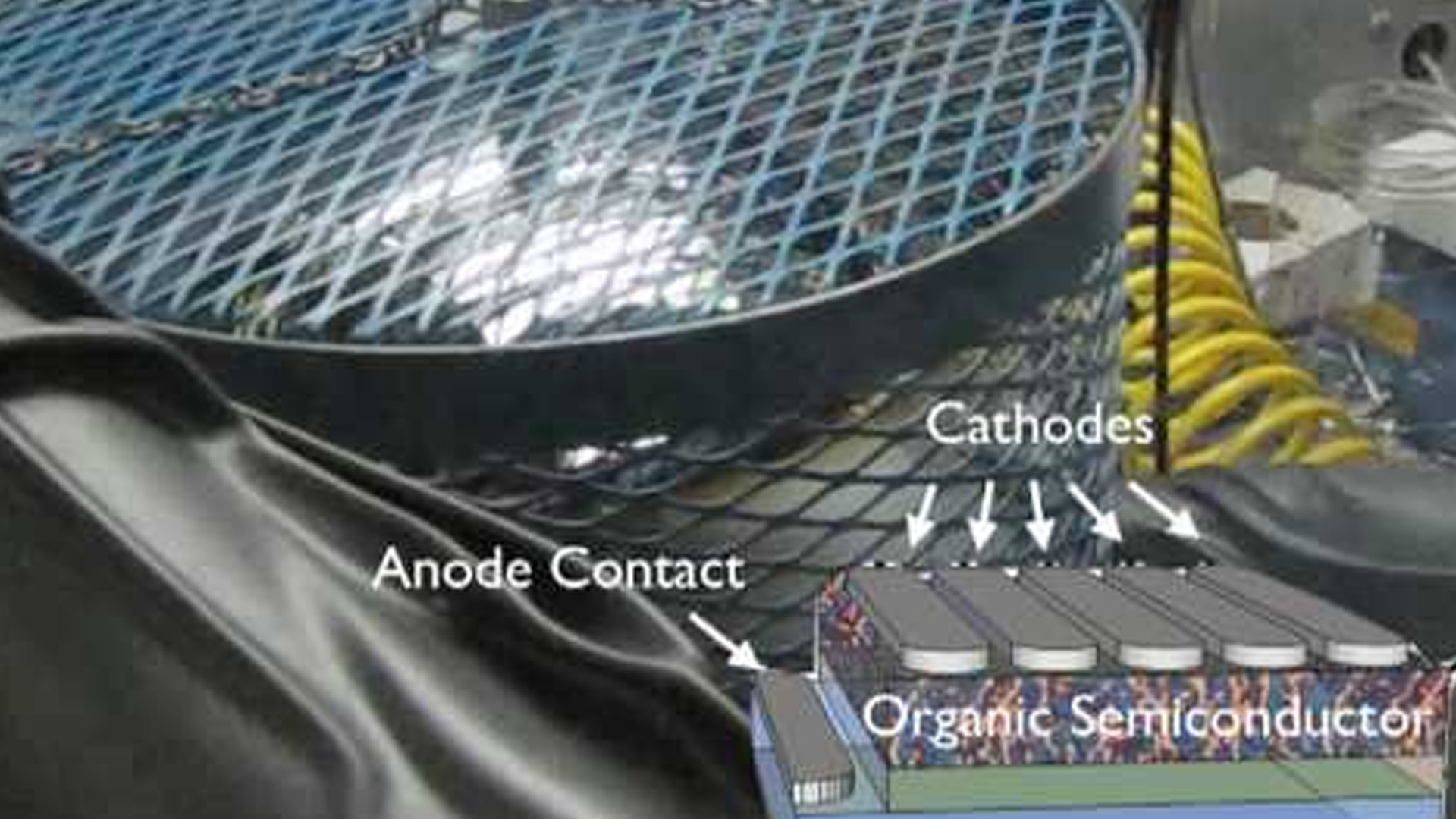Manufacturing success at Seraphim

Seraphim has come from nowhere and is now a top manufacturer but how did they achieve this so rapidly? David Ridsdale looks at the secrets of their success story.
![]()
Solar manufacturing has become a lucrative global enterprise with competition increasing as company's attempt to maintain a foothold in a consolidating market. Despite the opportunities available in a global market place there appeared to be little room for new entrants in PV and solar manufacturing and less likely that such a new comer would have much impact.
For this reason many industry observers were a little surprised when a relatively unknown start up company topped the 2012 yearly rankings for Photon International's annual performance and yield list. This followed their impressive debut the year before when they were ranked second. The results put Chinese company Seraphim firmly in the cross hairs of industry attention. How could a tier two company only three years old not only top the yearly table but appear to surpass the performance of competitors who had been developing their product for much longer.
When I first came across the company I did a bit of reconnaissance and came across a video the company had released showing its manufacturing facility. I remember thinking at the time how much the facility and the video presentation reminded me of semiconductor manufacturing, where I had cut my editorial teeth. The high level of automated manufacturing and attention to detail struck me as closer to the rigours of semiconductor manufacturing than the usual PV cell manufacturing plant.
A quick look at the top brass at Seraphim confirmed my suspicions that the company had been set up by individuals from the semiconductor manufacturing sector. The technical team all have excellent backgrounds in the very competitive semiconductor industry at the highest levels.
Endy Qian is the Operation Director for Seraphim and holds an MD in Management and a Bachelor Of Mechanical-Electrical Integration. Endy began his career with semiconductor tool manufacture Semitool and from 2005 was technical support manager for Applied Materials where he held responsibility for East Asia. While these companies may not be as well known in the solar industry they are giants of the semiconductor manufacturing sector.
Seraphim also boast Light Li as head of sales ad marketing. Light holds an MBA and Bachelor Of Science And Technology. Light worked for AMD in China at the turn of the century before managing Asia region business for semiconductor packaging leader Kulicke and Soffa.
The third leg of Seraphim's public leadership is Woophen Zhu who acts as Supply Chain Director for the company that has decided to tackle the entire PV value chain from ingot to module. Woophen holds a Bachelor Degree Of Micro-Electronics Science. Woophen spent more than 5 Years In KEC Korea, a Korean Wafer Fab and then as Sales Director for Sunpass PV equipment division.
These three key individuals have brought a very technical and well thought out plan to the company based on their semiconductor expertise. The road map for Seraphim from the very beginning was bullish in its goal to become the best PV module in the world. Such a claim at the start up phase of a company is best taken with a grain of salt but Seraphim has consistently backed its initial claims with consistent outcomes.
Of course it is not just the technical side that can allow a company to move so impressively along its chosen technical path. Setting up the factories and developing product along the entire value chain is not a cheap process and Seraphim has the full financial backing of diversified business giant Honland Group.
While the name may not be so well known outside of China, the Honland Group is a rapidly growing group of companies that began in 1969 as a farm machine manufacturer. The group has now diversified into furniture and lighting specialists with a strong Real Estate group developing and a section for rising technologies. They have developed a strong presence in the cabling sector and have a strong capital base.
At present the Honland Group is keeping a very low profile in Seraphim's affairs and as yet have not included it on the corporate structure. As a privately held company they do not disclose the financial support but considering the three FABs which cover everything from silicon ingot, solar cell and solar modules, it is a considerable amount. All of these FABs are equipped with the state-of-art manufacturing and the most advanced testing equipment that again requires millions of dollars.
Whatever the deal struck, it has allowed Seraphim to stick to its technology roadmap without interference from constant financial reporting needs. Backed by financially stable Honland group, Seraphim has the ambition to be a world-class professional provider of solar energy solutions, with more than enough stability and reliability to offer long term warranty to global customers.
Seraphim has not just shown foresight and trust in its product offerings but has the highest performance warranty of any manufacturer with panel performance guaranteed at 90% for a decade. Materials that make their modules also carry a decade long warranty, which is an industry first. The company also spent the time ensuring they have the right financial insurance and are considered a bankable provider of modules by leading financial institutions. It was an impressive start for a tier two company but how to make such plans a reality.
Tier of success
The financial world has imposed the idea of tier companies on the solar industry as a way to differentiate size and output for different companies. Unfortunately many have presumed that such a tiered system must also reflect success or standard of product. Companies are regarded Tier 1 when they spend a significant amount on R&D, have an automated manufacturing process and are vertically integrated in manufacturing cells and module assembly. They also have to have been running for more than five years as an indicator of longevity and likelihood to cover long warranties.
Companies designated tier three tend to be assembling other people's efforts and despite been relative newcomers to the industry make up the bulk of panels for sale around the world.
Seraphim is still considered a tier two company which is a company with a smaller percentage of R&D and only partial automation. The company does not fit this description but does not have the years to be classified tier one as yet.
It would be fair to say that Seraphim initially suffered as many potential customers did not fully understand the tier system.
The only way for Seraphim to make progress was to prove their claims of the world's best solar panels. Partnered with leading material suppliers like Fujifilm
In Japan, Seraphim has conducted an enormous amount of R&D to improve the PV module's reliability and power output performance.
Not content with taking top position on the Photon panel list, Seraphim became the world's first company to pass the TUV developed "Thresher Test". The test is based on 3 times stringent testing standards than regular IEC61215 + IEC61730, the PV modules that pass the Thresher Certification offer a much higher level of confidence in terms of long-term reliability as compared to those having standard certification.
The R&D team has also poured efforts into improving the PID performance through optimal material configuration, processing control to final product performance verification. All tests have shown the module to be PID free.
Heading the rankings
At present the only public system that tests and ranks PV modules is the Photon International independent research with a test site in temperate Germany. Traditionally monocrystalline has provided a higher efficiency output than polycrystalline in these tests although the difference has been shrinking and was only 0.6% in the 2013 rankings.
Seraphim has been high in the rankings since 2011 and produced a high performance ratio of 93.6%. The company demonstrates its trust in its efforts with its 90% guarantee for 10 years.
In 2012, Seraphim topped the chart in the Photon yield test not counting Sunpower's entry which is a different type of technology. In 2013, Seraphim dropped to 12th place, which appears a drop but it stayed with a strong rank. It beat all other panels that had been tested for 12 months or more.
In the 2013 findings, Seraphim panels were the highest placed panel that have a two year history on the test and only lost 1% in performance in the time between the two tests. If the test was adjusted to show initial performance ratios and then subsequent annual results, then instead of 12th place on the chart Seraphim would come in at number 3.
Getting to know you
Despite the conventional wisdom that monocrystalline panels outperform polycrystalline panels, this is not the case in hotter climates. Testing in areas such as Australia's north sees polycrystalline become more efficient suffering less degradation in the heat than monocrystalline efforts. Seraphim has used this knowledge and focused early sales efforts in such regions with good effect.
The company is now expanding further and faster into European and US markets as well as gaining strong business in Asia as a premium solar supplier. Every potential customer issued to sales people saying they have the best panel for sale but very few can back the claim.
By using the experience in semiconductor manufacturing the team at Seraphim have created one of the highest functioning manufacturing facilities in the solar industry. By applying the same high standard of manufacturing as can be found in the semiconductor world, Seraphim has achieved a standard of PV manufacturing that is fast becoming the industry benchmark.
As they move into each new area they develop local infrastructure such as the Rotterdam site they have set up to feed European demand. The company is fastidious in achieving the highest quality product and have passed every test available. Including fire tests, ammonia certificate, salt mist compliance and on-site power measurement validation.
It would appear the company's only remaining problem is gaining brand awareness. Based on their early success in early markets and a reputation as the most technically adept polycrystalline manufacturer in the industry, I think it is fair to say the company will only gain in recognition and be regarded as a tier one choice regardless of external perceptions and rankings.


